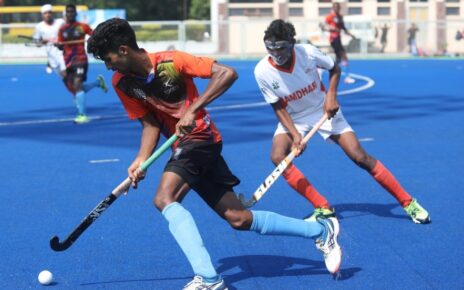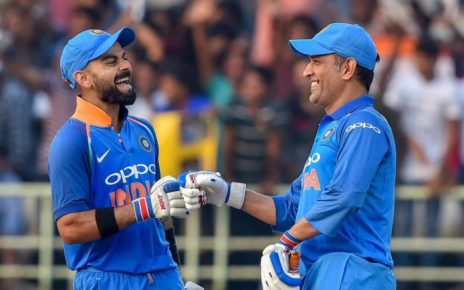Mumbai
Badminton will attempt to achieve a rare balance between studies and sport, as it becomes the focal point of India’s first university integrated professional sports academy. Naya Raipur’s ITM University has undertaken an ambitious project that could start with National coach Pullela Gopichand’s badminton training centre setting roots in Chhattisgarh and extend in the future to a state of the art archery academy, funded by the Tatas on the same campus.
An initial sum of Rs 18 crore will make its way towards the development of an academy on the university’s campus, with girls and boys in the 13-15 age category expected to be enrolled, after trials held by the national coach. The trainees will be tutored under the Open Schooling system, and will continue their higher education with a choice of courses in Commerce, Hospitality, Management, Architecture, Law and more, alongside elite-level training in the sport.
In what is in alignment with Universities in Europe, America, China or Australia, a super specialised Sports Science facility with advanced machines will also come up as a laboratory back-end support for these trainees. ITM will introduce top-end courses in sports management, physiotherapy and coaching alongside, sourcing its syllabus and know-how from Australia’s Melbourne & Griffith Universities.
“The idea is to give world class badminton training and our ITM brand of education,” said Dr PV Ramana, chairman of the education institute group. India’s junior coach Sanjay Mishra will supervise the day to day coaching and functioning.
“The idea came about when we invited Sindhu and Gopi for our silver jubilee celebrations in October 2016. I was excited to know how so many stars are coming from one centre, and I asked Gopichand if I can build an academy. We had land and a University. We don’t want it to be a commercial enterprise, but hope something good comes of it,” Dr Ramana said.
He sought inspiration from the unlikeliest of places too. “I’ve seen many struggling actors at Lokhandwala and Oshiwara going through the grind of auditions. Only some of them become stars. Why must others be condemned to failure just because they chased a dream, attempted to become something at the cost of education? Ditto with sport. 13-15 is crucial years in both sport and academics, with Class 9, 10 & 12. I want these trainees to have proper backup,” he said.
The scouting net will be cast in and around Raipur, though he stresses: “We won’t refuse anyone who’s talented.”
The program planned as an outreach to tribal students and athletes will see trainees access a full fledged gymnasium, courts with equipment and stringing machines, with the facility also boasting a running track. The sports science lab is planning to lug in a Black Light Photography machine for sensory analysis and kinesiology (movement analysis). “We plan to bring a library of international players and compare motion analyses with our students. We’ll send our technicians to Australia to get trained,” he added.
“Centres like NIS Patiala and Guwahati have these machines but not the expertise to use it,” he said. Chennai’s SRMC boasts these facilities but ITM promises to integrate badminton training with sport science.
Perhaps the most unique experiment would be South Korean trainees at the academy. “In Navi Mumbai and along Airoli, Chennai, Hyderabad and Bangalore, there are lots of South Korean children pursuing education in India because of our focus on English. They are here for academics, while parents are in Korea. We are hoping we can get a dozen students here who will also get trained and compete with our Indian children,” he said.
Raipur, capital of Chhattisgarh, has been a centre of learning, with the Rajkumar College, a public school institution that used to tutor children belonging to the erstwhile princely states. “Times have changed, and our future is in the tribal kids. Almost 40-50 are already training in Raipur. We believe we’ll find a good crop with the agility and reflexes desired in badminton from here,” he said.
When the Tata group came on board with full funding and operations cost for 3 years, Deloitte was tasked with a feasibility report that over its one-year study, concluded that the facility could extend to archery in the future. “I myself have seen a boy shoot an arrow into a deer’s eye in our jungles. We look forward to the 200 odd trainees who will benefit from this,” he added.
“It will help aspiring badminton players strike the right balance between education and sport,” Gopichand was quoted in a press release. “Now players in Chhattisgarh can have access to the same support system, and I guess within a few years, the next generation of top players will emerge from here.”




